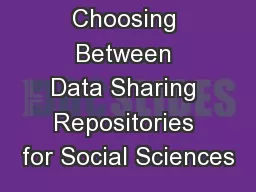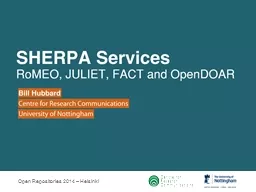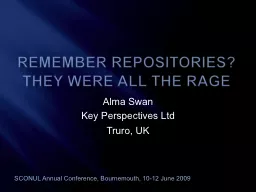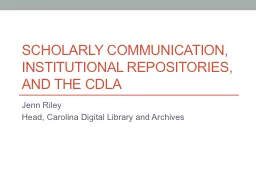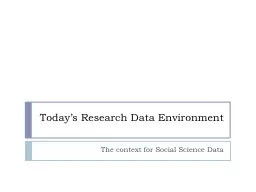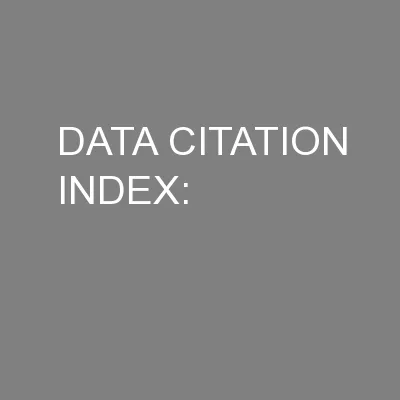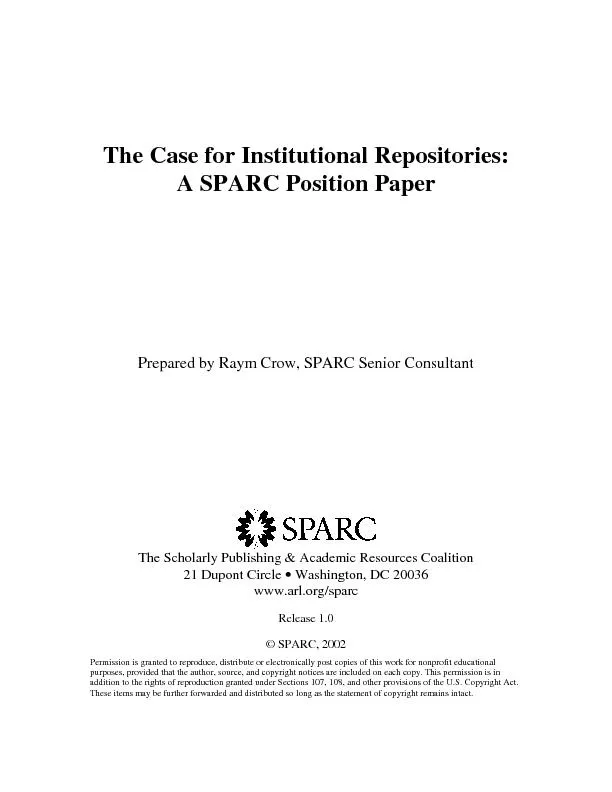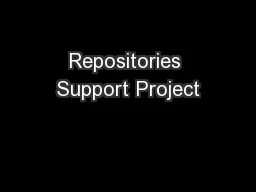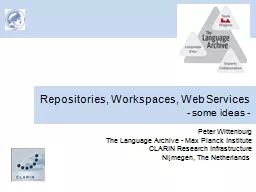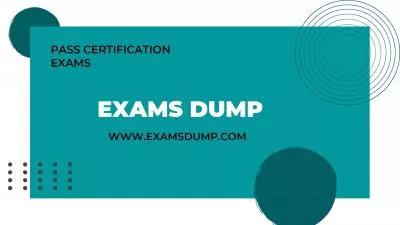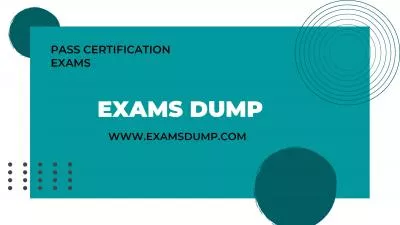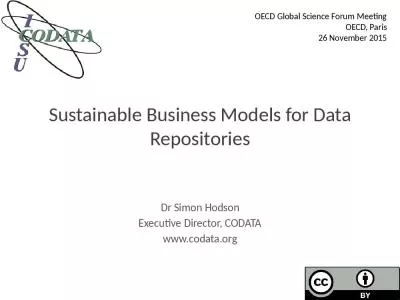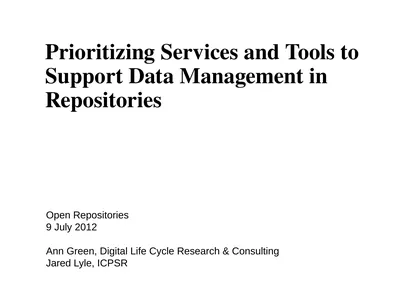PPT-Choosing Between Data Sharing Repositories for Social Sciences
Author : mitsue-stanley | Published Date : 2018-10-25
Linking Open Data cloud diagram by Richard Cyganiak and Anja Jentzsch httplodcloudnet 2013 by the Rector and Visitors of the University of Virginia This work
Presentation Embed Code
Download Presentation
Download Presentation The PPT/PDF document "Choosing Between Data Sharing Repositori..." is the property of its rightful owner. Permission is granted to download and print the materials on this website for personal, non-commercial use only, and to display it on your personal computer provided you do not modify the materials and that you retain all copyright notices contained in the materials. By downloading content from our website, you accept the terms of this agreement.
Choosing Between Data Sharing Repositories for Social Sciences: Transcript
Download Rules Of Document
"Choosing Between Data Sharing Repositories for Social Sciences"The content belongs to its owner. You may download and print it for personal use, without modification, and keep all copyright notices. By downloading, you agree to these terms.
Related Documents

